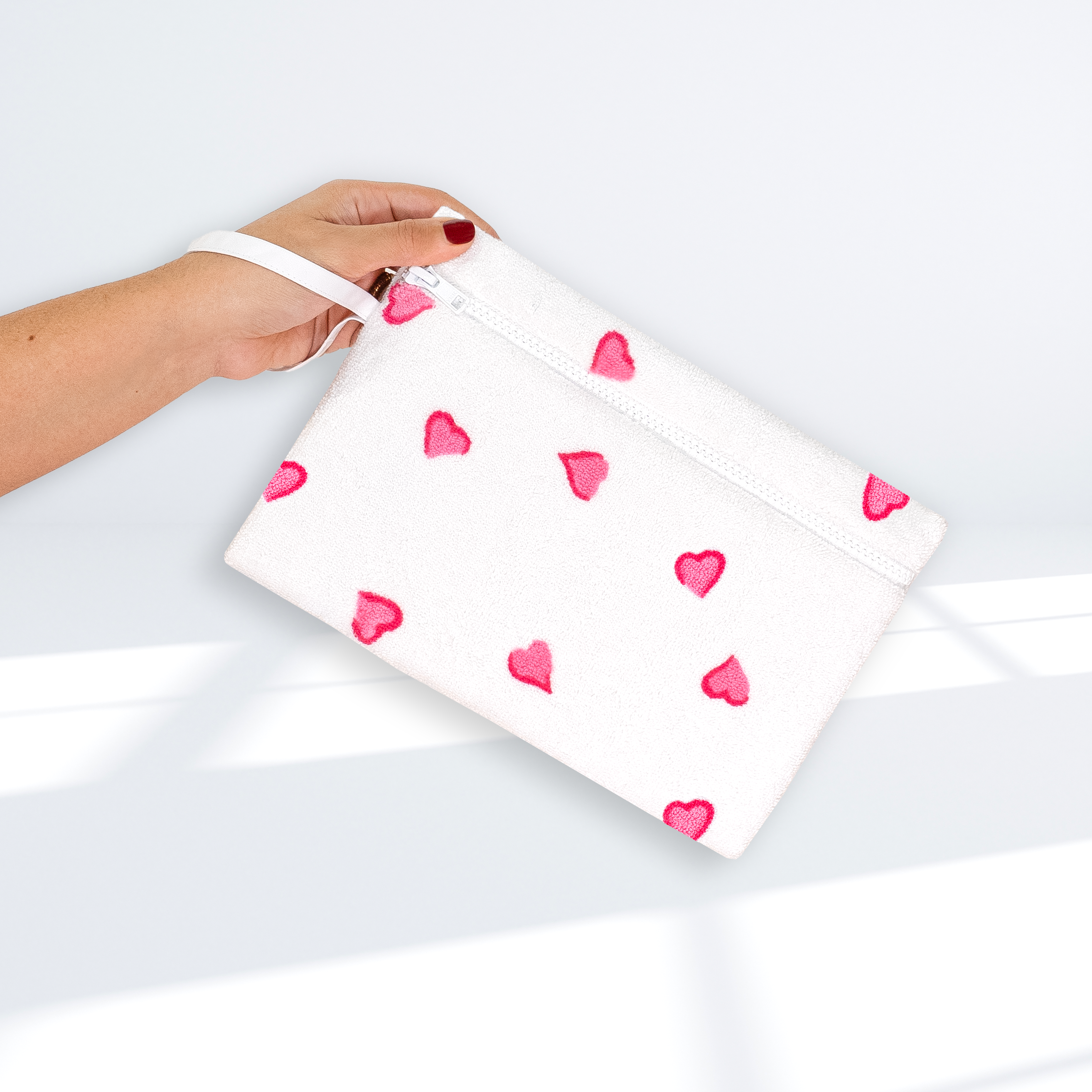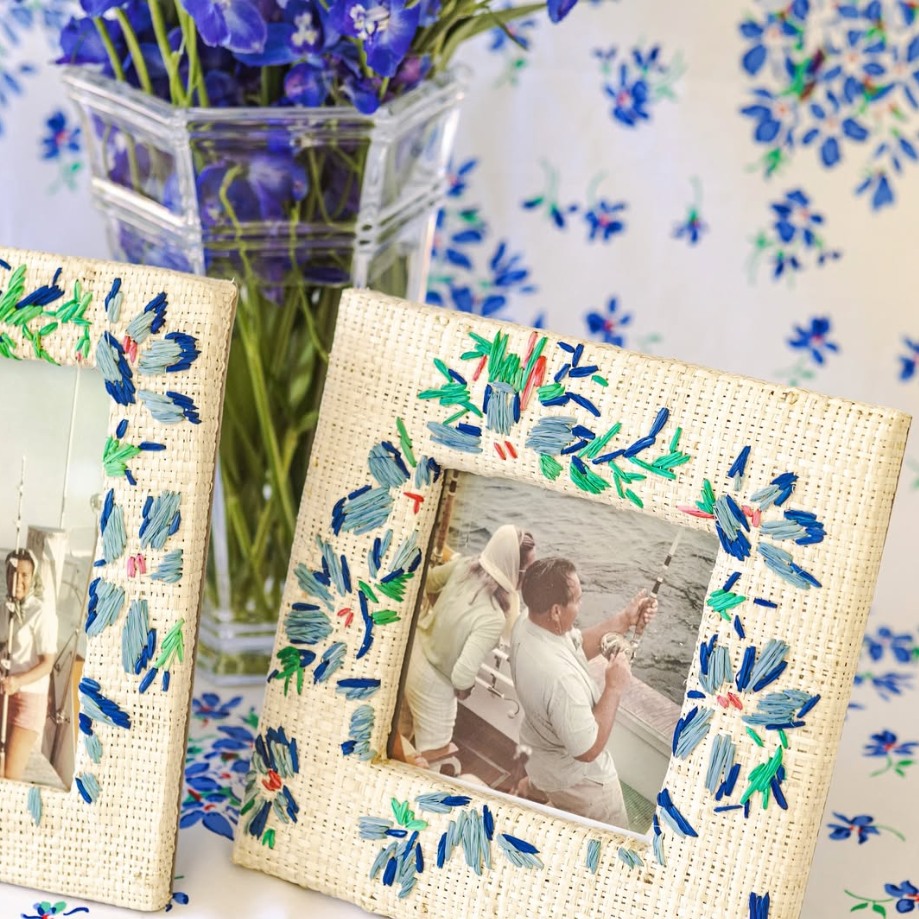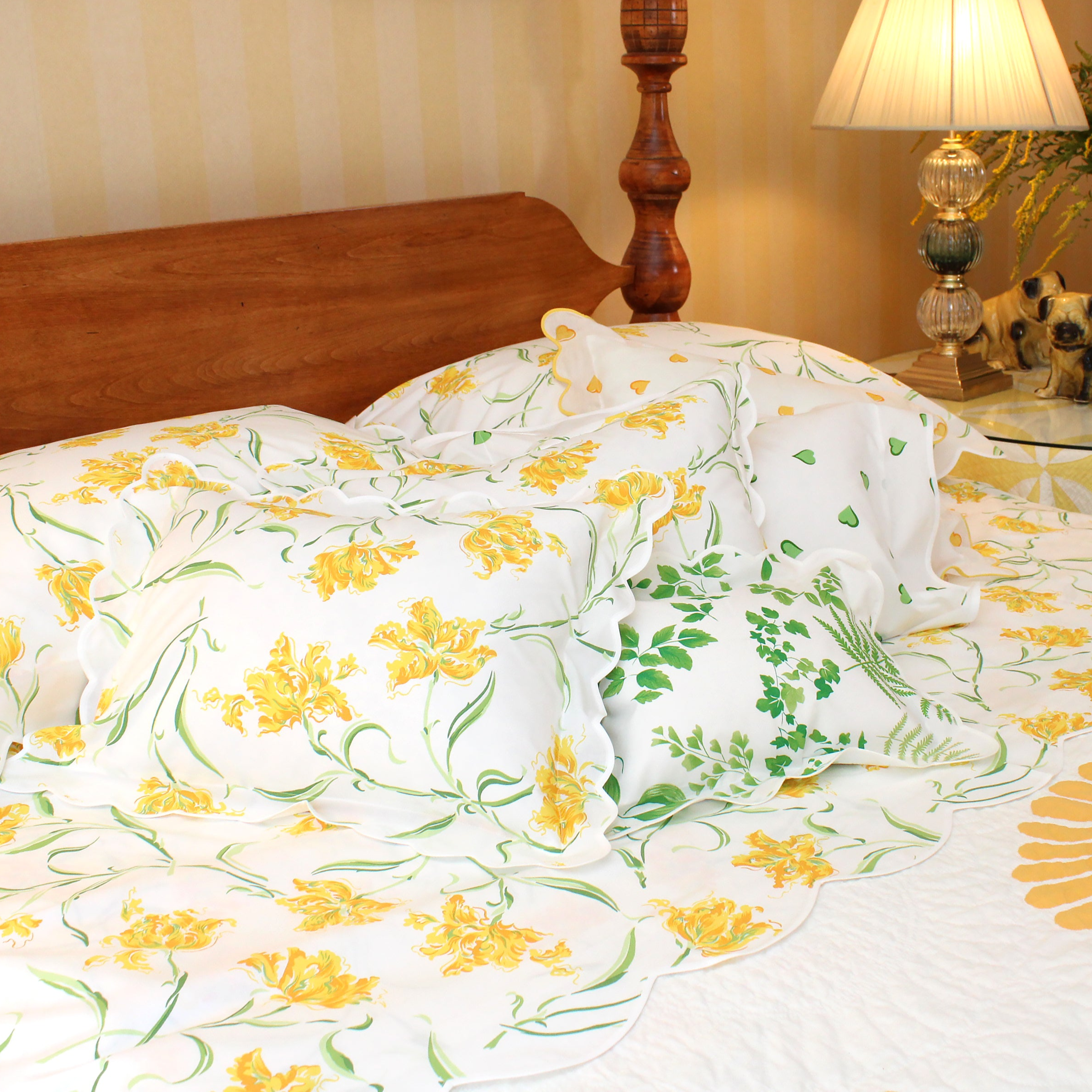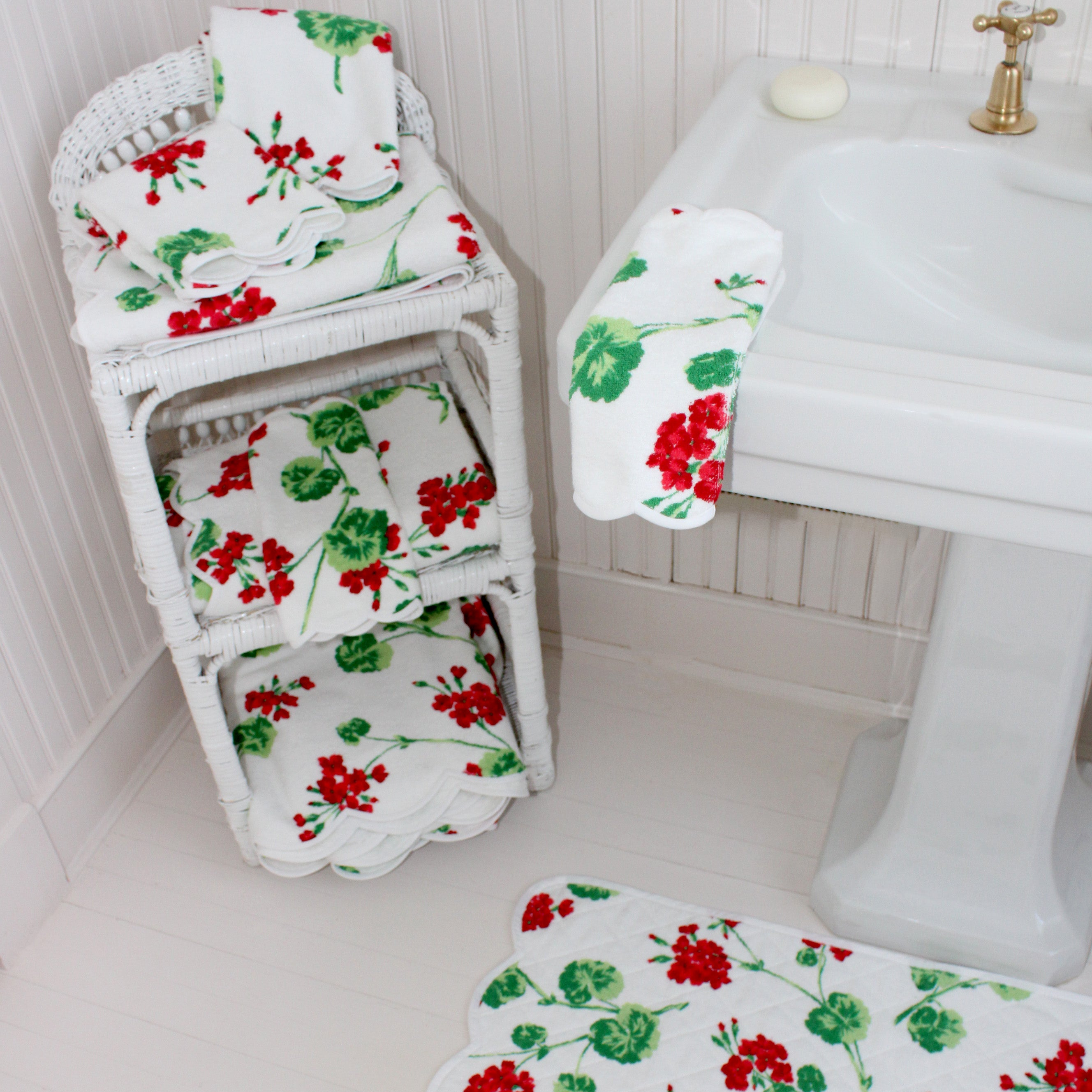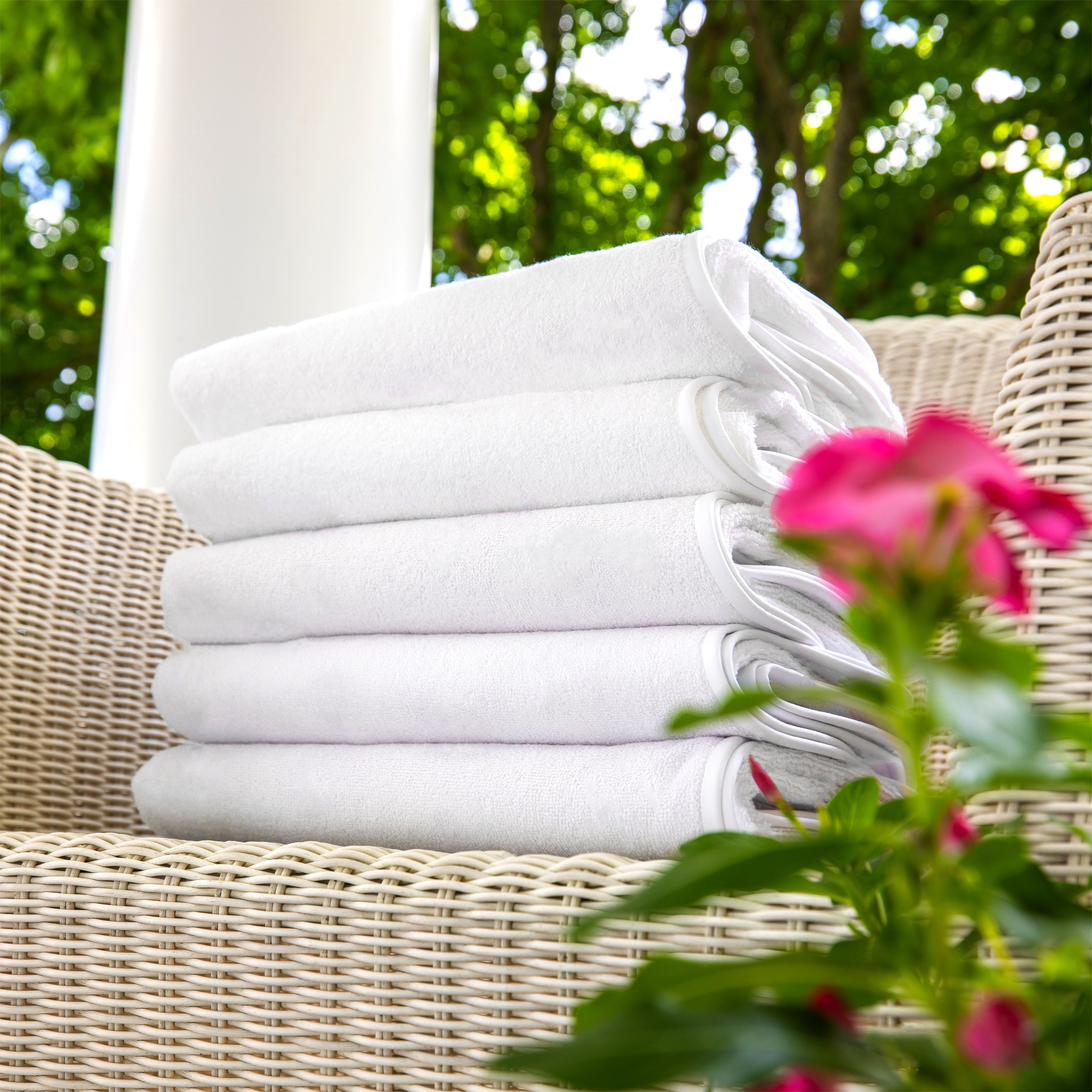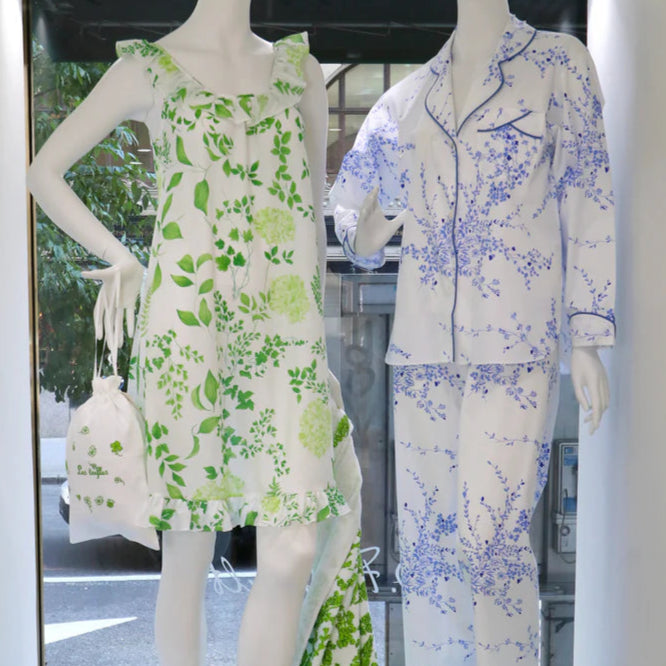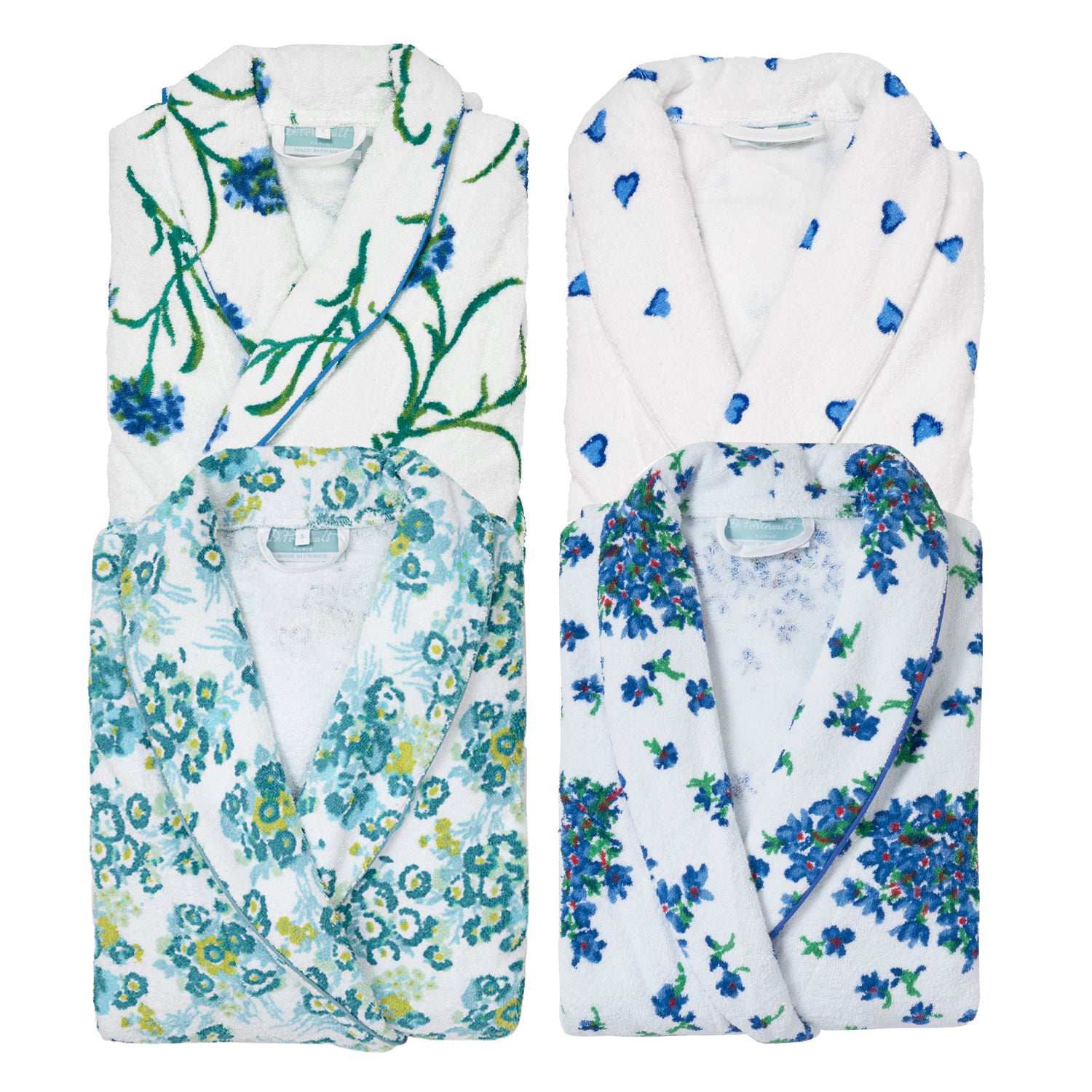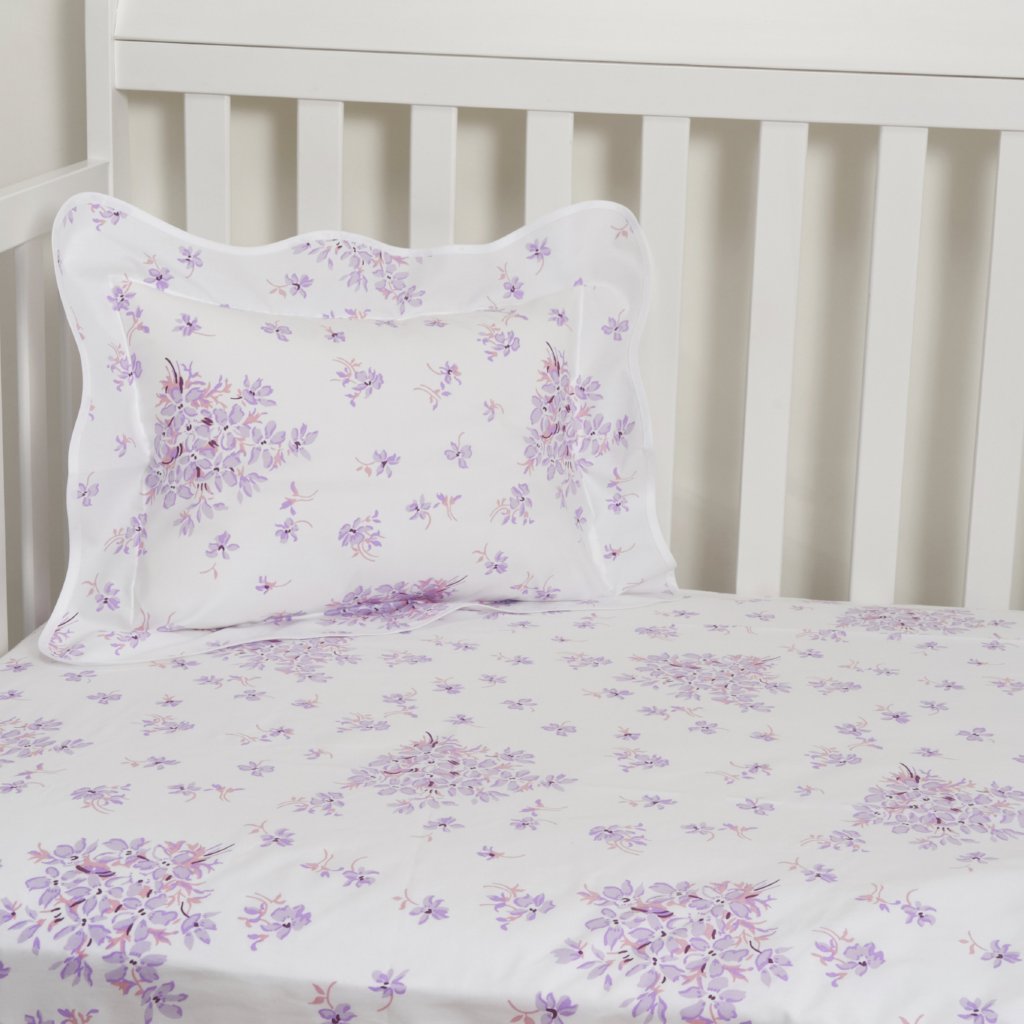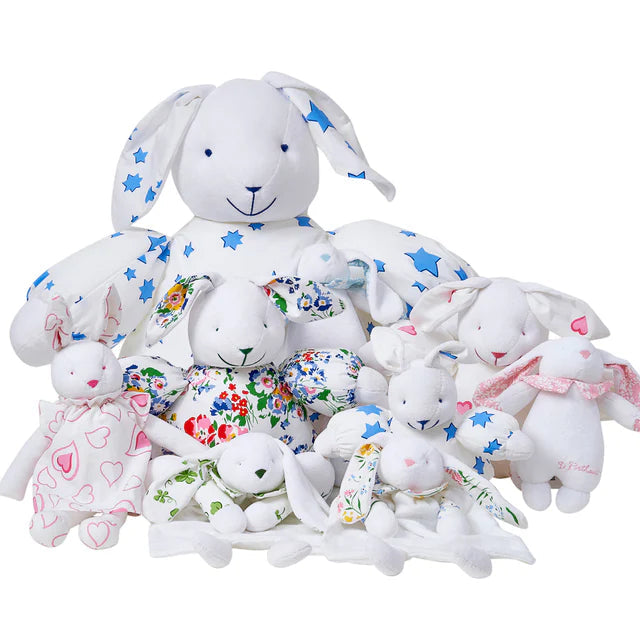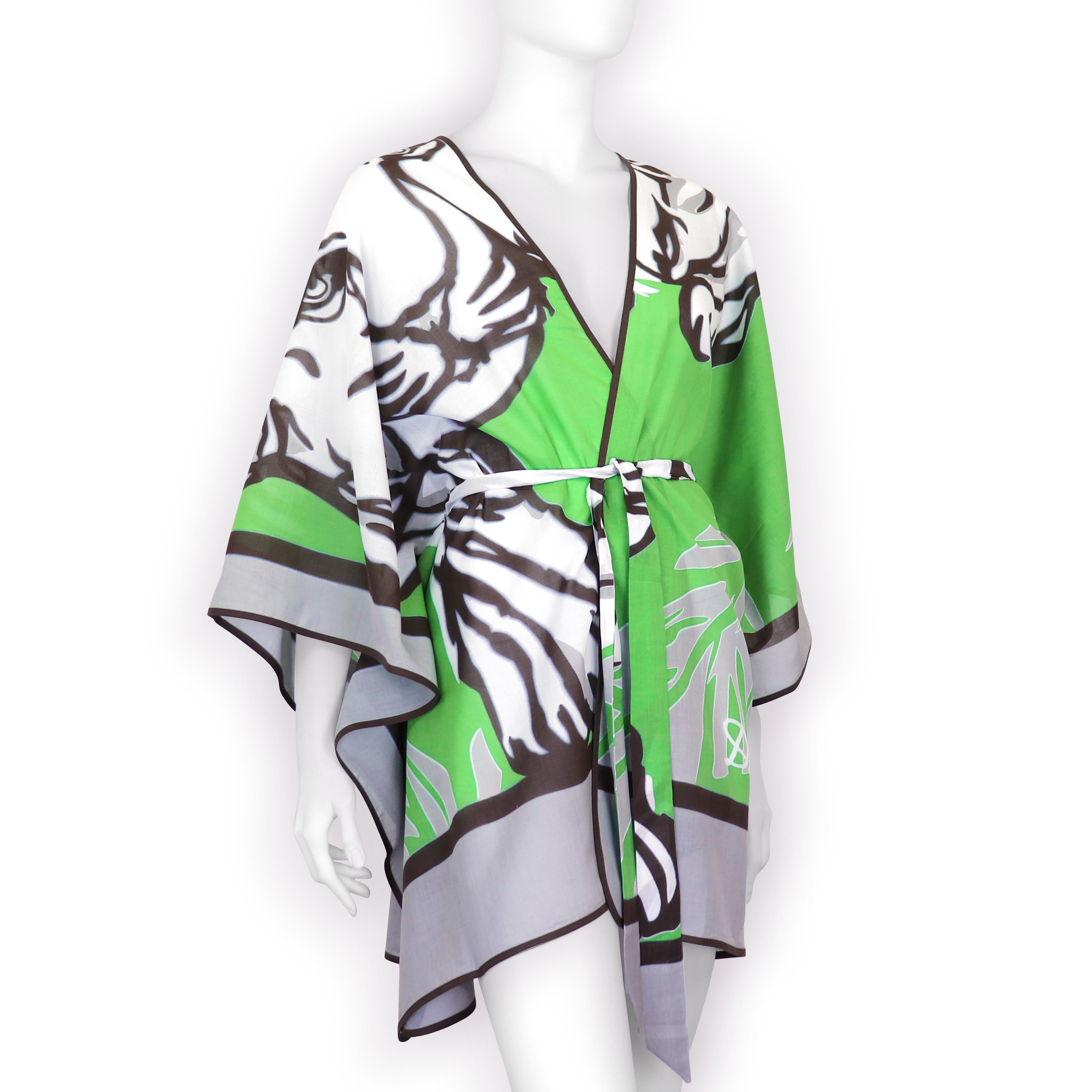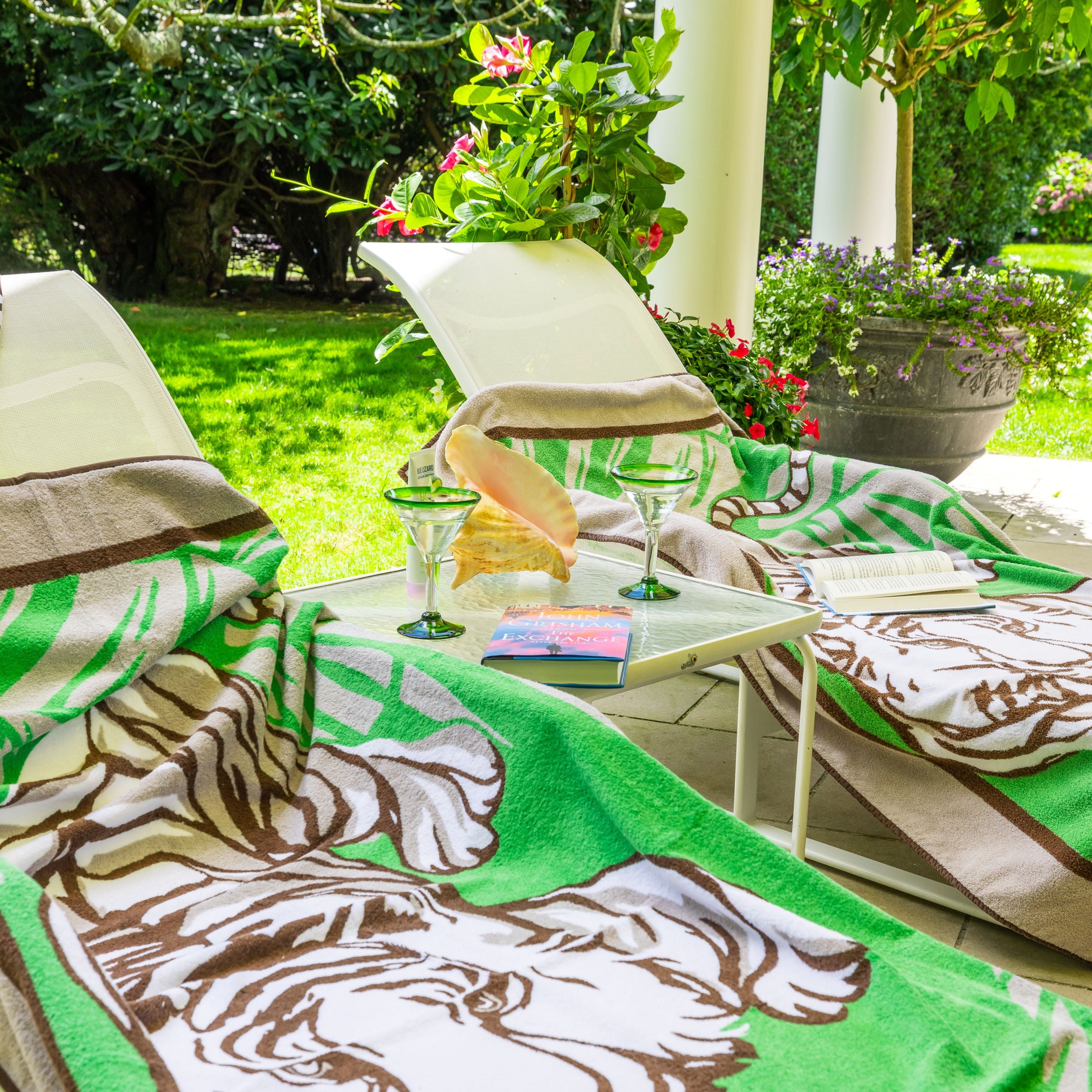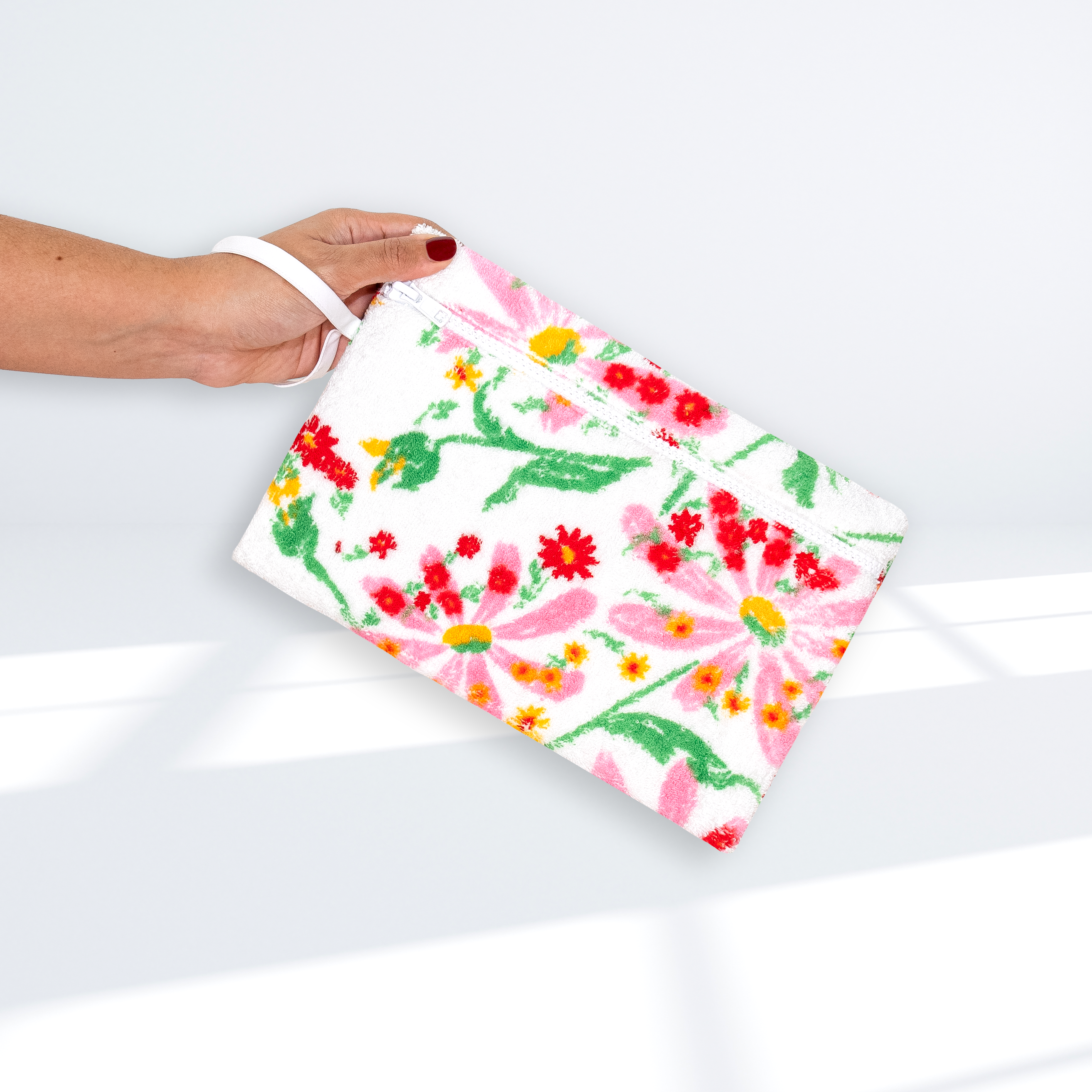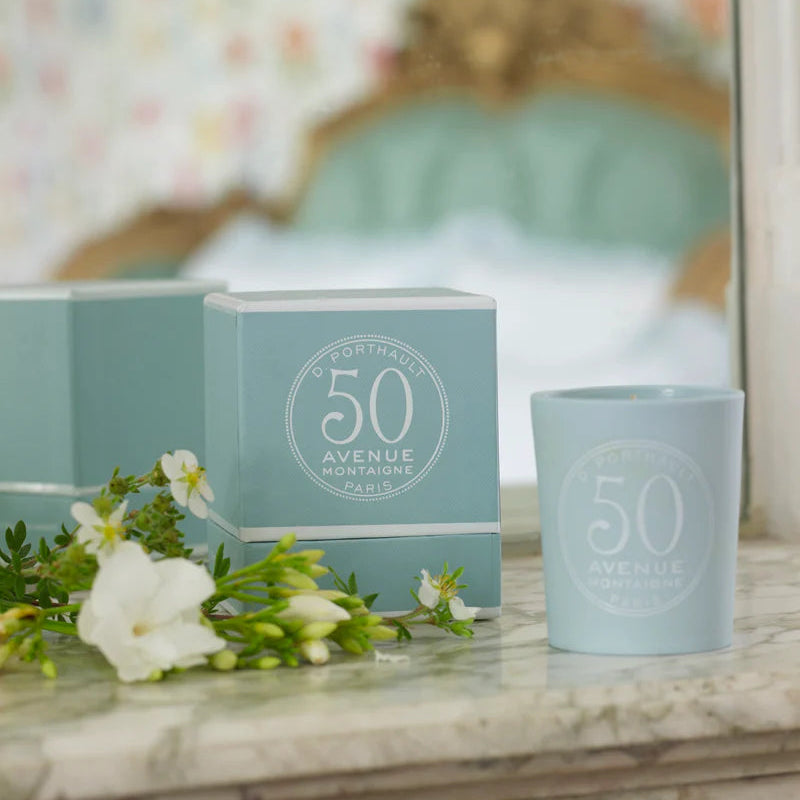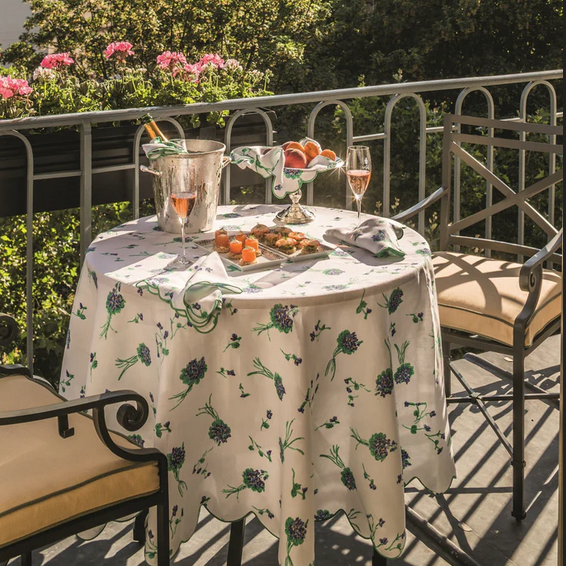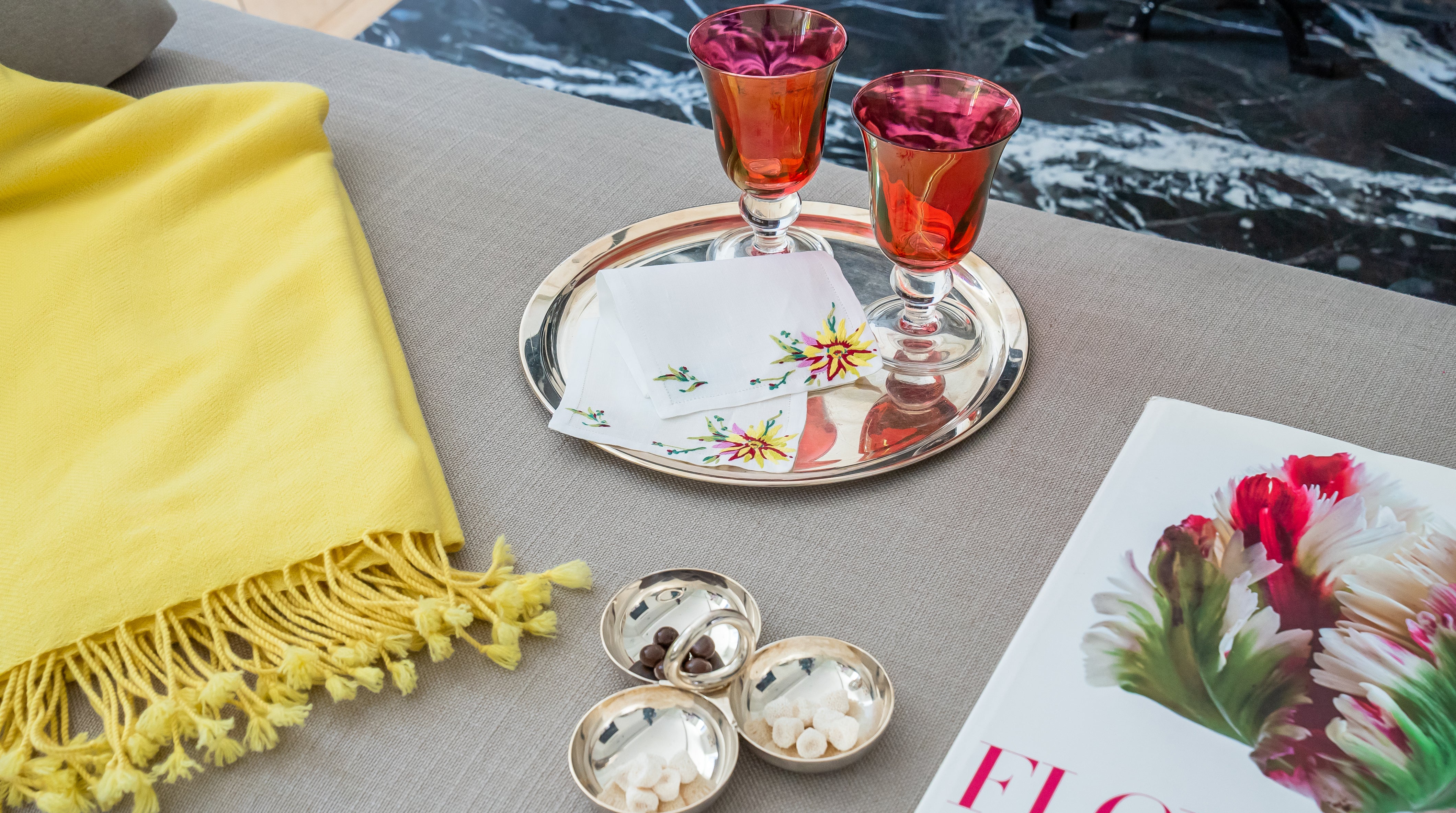Weaving History into D. Porthault’s Legacy

There is little mention of table coverings in Europe prior to the 1st century. Aristocratic Roman homes valued their intricately carved tables and proudly displayed them when entertaining over a meal. The more frequent use of dining cloths began in the Middle Ages. For wealthy families, the whitest of white linen was sought. For more humble families, beige-colored hemp or pieced-together cloth was substituted. Spreading from medieval Italy and France to the rest of Europe, the custom of presenting one’s meal on cloth was soon widely adopted. These first tablecloths often were simply for catching spills and wiping fingers and hands, as napkins came later! The cloths were intended to keep the wooden tables and the diners (and their clothes) clean, and they would be removed during the day and laundered when necessary.
In the Renaissance, tablecloths in noble homes transferred their secondary role of communal napkin to a server offering guests a smaller cloth on his left arm. As the Renaissance progressed and homes without servers adopted the custom, napkins became individual to each diner, and soon there developed a guide for best manners in using them. Linen, or flax, was always considered a prized and valuable commodity. Master craftsmen were needed to harvest, spin, bleach and weave the fabric. When table linens became more elaborate, artisans were called upon to embellish the linen with hemstitching, embroidery and lace, often including the homeowner’s monogram in a prominent position on both cloths and napkins.

Table linens were heirlooms and frequently documented in family wills. Wealthy households kept their linens on display in a wooden linen press, itself often elaborately decorated and in a prominent position in the home.
Table settings became more important in the 18th and 19th centuries, with the tablecloth being the canvas on which everything else – from candles to china and silver – was laid out. In the 1900’s, flowers became an essential part of these settings, and splashes of color were de rigueur against the brilliant white of most tablecloths.
The trend for color and creativity expanded in the 20th century, and brightly embroidered and printed designs became valued along with the classic white on white tablecloths. With a more casual lifestyle, the flexibility of placemats – both embroidered and printed – also entered the scene for informal as well as formal dining.
Today, the joy of dining at home and dressing one’s table in creative ways continues. In D. Porthault’s design studio in Paris and its workshops in northern France, table linens are designed and fabrics are woven, printed and trimmed.
Porthault has a long tradition of creating magnificent custom tablecloths, embellished with lace, intricate hemstitching and embroidery for embassies, palaces, châteaux and homes and apartments around the world. Celebrating one hundred years of design and production, D. Porthault is proud of its place in the history of table coverings, and is pleased to accommodate any size table with a custom cloth or a bevy of placemats, whether embroidered on linen or printed on cotton. D. Porthault believes that the tradition of dining around a beautiful table – graciously enhanced with linens and flowers – is one of those personal luxuries that will never go out of style!


